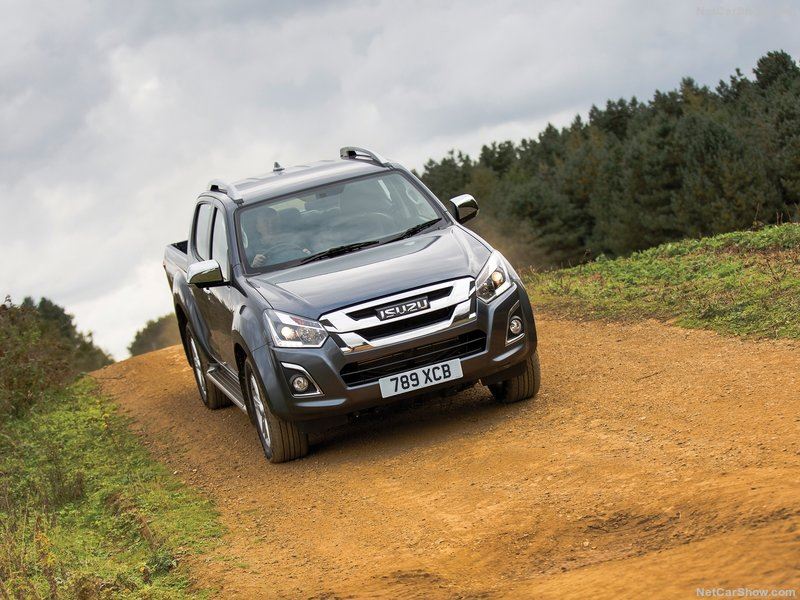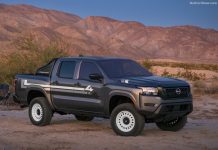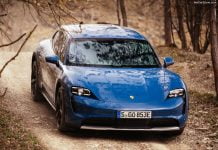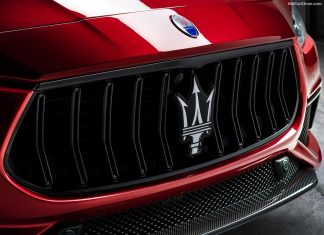Kenyan Vehicles Sales in 2019 has progressively lost steam ending the Q4 with a sharp decline. Full year sales have been 113.130, down 7.9%. While HCVs segment was steady, the car passengers dropped down significantly. The two best selling brands have a combined share over 60%.
Economic Environment
Kenya’s economy lost traction in the third quarter of 2019, expanding at the slowest rate in two years on the back a of a broad-based slowdown across the major sectors. In particular, growth of the all-important agricultural sector–which accounts for about a quarter of the country’s total output–slowed to a near two-year low amid a drop in the production of key crops.
Turning to Q4, available data suggests continued weakened momentum: The PMI deteriorated somewhat in Q4 compared to Q3 amid heavy rainfall which disrupted firms’ delivery times.
Growth is expected to quicken this year on the back of a pick-up in domestic demand. Upbeat household consumption is seen underpinning the expansion, while healthy government spending ought to further support growth. Adverse weather conditions and a wide fiscal deficit remain downside risks to the outlook
Market Trend
Following a quite positive period, ended with the all time record hit in the 2015 with 19.549 vehicles sold, Kenyan vehicles market was hit by the economic crisis and started falling down, losing in two years over 40% of volume., with 2017 total vehicles (including HCVs) at 10.831 (-19.8%).
In the 2018 the mood changed and the market recovered, sustained by private consumption and the market score a recovery above expectations. Indeed, according to data released by the Kenyan Motor Industry Association, in the market grown, gaining 31.2% from 2017, with registrations at 14.251.
In the 2019 despite a very good start, with the Q1 ended up in double-digit, the market has progressively lost steam ending the Q4 with a sharp decline. Full-year sales have been 13.130, down 7.9%. While HCVs segment was steady, the car passengers dropped down in double-digits.
The market leader was again Isuzu, which benefit by the large quota of HCVs in the total vehicles market. Isuzu kept one third of market share. In second place the leader in the light vehicles segment, Toyota. The two leaders reported a combined share over 60%.
Market Perspectives
Volkswagen has been the first to return to produce in the country, starting up in the 2017 local operations after a four-decade absence, and is producing the Polo Vivo model from SKD kits. Last year, bolstering government plans to develop a regional auto-manufacturing hub in East Africa’s biggest economy, PSA and Nissan have announced to plan opening local production.
Nissan is in advanced discussion with the government to open an operational assembly line by the end of 2019 utilizing an already plant in partnership with Isuzu East Africa Ltd., Associated Vehicle Assemblers Ltd., which belongs to Simba Corp., and Kenya Vehicle Manufacturers, a venture between the government, Toyota Tsusho Corp. and Al-Futtaim Group.
Once established, the Kenyan facility will feed the Eastern Africa market, which is currently served by imports of light trucks from South Africa with other models coming from Japan. In addition to its plant in South Africa, Nissan has an assembly line in Nigeria.
Tables with sales figures
In the tables below we report sales for Top Brands











